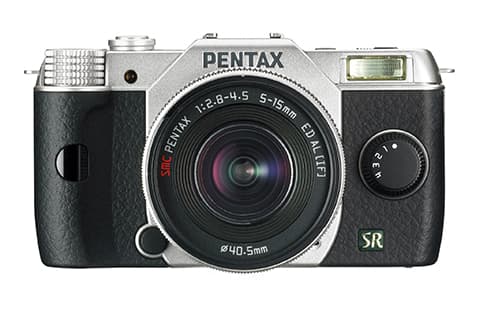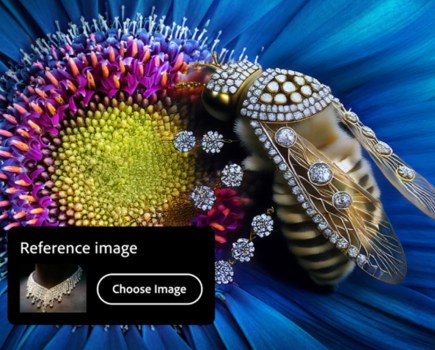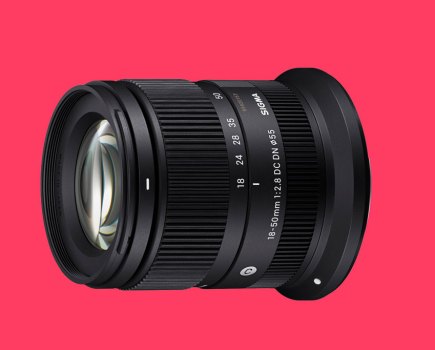Due out in September, the Q7 will house a 12-million-pixel imaging sensor (without a low-pass filter) and will sit above the Q10 in the Q-system family.
Pentax claims it has improved the signal-to-noise ratio by 60%, to boost image quality especially at high ISOs.
And, using Pentax’s shake-reduction system, the Q7 offers a 3-stop advantage, compared to two stops on the current Q10, which will continue in the range.
Meanwhile, a new imaging processor (Q Engine) will speed-up the camera’s start-up time to one second (1.8sec on the Q10), according to Pentax.
Other trumpeted improvements include the addition of an electronic level, a Quick Dial – to which the user can assign five functions – and Eye-Fi card compatibility, allowing wireless transfer of images to a computer, smartphone or tablet.
Pentax also claims to have improved AF accuracy in low light.
The camera carries creative tools such as ‘bokeh control’ and photographers can shoot at a maximum ISO of 12,800.
Features also include a 3in (460,000-dot) LCD screen, Full HD movies and a dust removal system.
Pentax is also set to release a body-cap style Mount Shield lens, which is around 7mm thick and weighs 8g.
Features include a focus range of 30cm-2m and an aperture of f/9, according to the spec sheet.
It is designed to deliver the 35mm viewing angle equivalent to a 53mm lens on the Q7, for example, and will be the seventh lens for the Q system when it is due to go on sale in September.
A Pentax lens road map – shown at a London press briefing – revealed plans to launch a ‘wide’ lens, and a ‘telephoto macro’, possibly as early as this year.
‘We are committed to the Q system,’ said Pentax Ricoh Imaging UK’s product co-ordinator Stephen Sanderson, who added: ‘The Q has been massive in Japan.’
The Q7 will be out in 120 colour combinations and the kit will include a 23-70mm [equivalent] lens.
Prices have yet to be confirmed.







